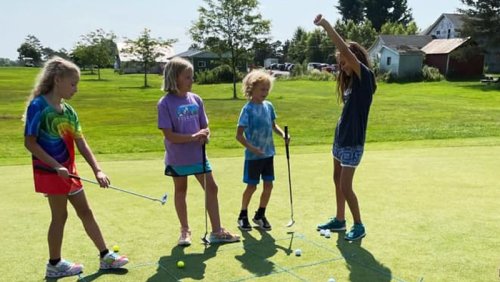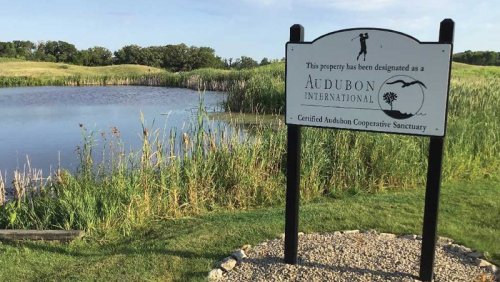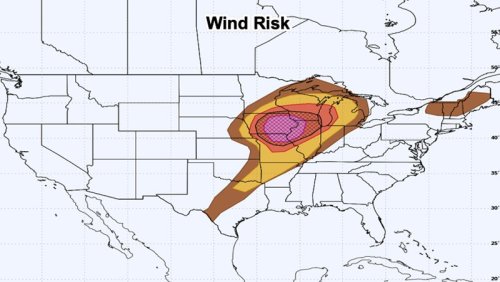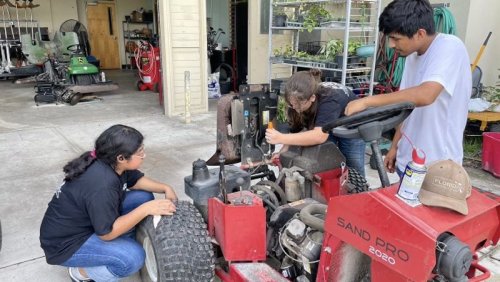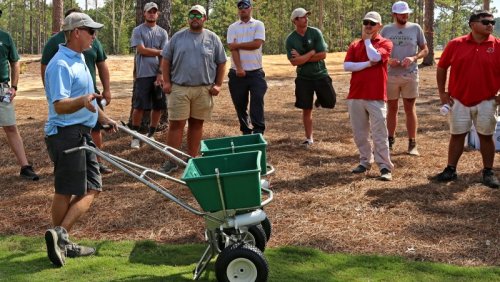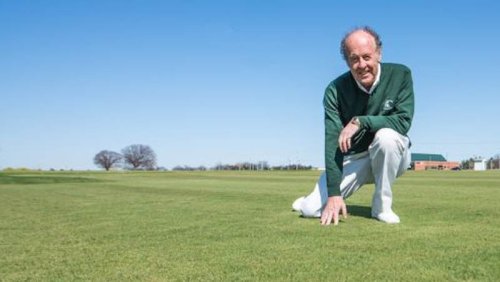

Castlon is a fluoxastrobin fungicide that is labeled for control of more than two dozen common diseases in turfgrass, including fairy ring, summer patch, brown patch, leaf spot and Pythium. It also is OK'd for control of 22 landscape/ornamental diseases.
Castlon fungicide is a strobilurin chemistry that is highly systemic in plants with fast uptake. It is a good tank mix partner with Mirage Stressgard fungicide for improved plant health benefits.
Castlon debuts alongside four postemergent turfgrass herbicides for use in cool-season turf that will be available June.
Those new herbicides are:
Acclaim Accelerate (quinclorac): Offers enhanced control of 3- to 5-tiller crabgrass and the many midsummer weeds, including torpedograss on warm-season turfgrasses. Terradex Power Premix (2,4-D, triclopyr, dicamba, MCPA): Premixed formulation offers broad spectrum broadleaf weed control — including difficult-to-control weeds such as thistle on primary and no-mow roughs. Terradex Crabgrass and Broadleaf (2,4-D, quinclorac, dicamba): A combination of three active ingredients to provide postemergence control of both grassy and broadleaf weeds. Applied for late-season cleanup. Terradex Quick Strike (2,4-D, sulfentrazone, dicamba, MCPA): Rainfast in six hours, it controls broadleaf weeds fast with results in 24 to 48 hours.
- Read more...
- 1,967 views


